The expression boys shoes refers to a diverse array of footwear fashioned expressly for young males. These shoes are designed to accommodate the developmental needs of children's feet, offering comfort, resilience, and fashion. The assortment includes sneakers, sandals, dress shoes, and boots, each suited to various events and climatic conditions.
Types and Characteristics of Boys Shoes
The boys shoes category features a plethora of styles, each with unique attributes. Sneakers are built for daily use and physical pursuits, providing support and pliability. They typically have cushioned insoles and robust materials to endure active usage. Dress shoes, like loafers or oxfords, are intended for formal events, emphasizing sophistication and a refined appearance with premium materials such as genuine leather. Sandals and flip-flops are ideal for leisurely summer activities, offering ventilation and convenience with features like easy-fasten straps for a snug fit. Boots, suitable for cooler conditions, offer extra ankle support and often come with insulation for warmth. Each variant is crafted with the diverse activities and developmental stages of boys in mind, focusing on the specific needs of their growing feet.
Structure and Operation of Boys Shoes
The architecture of boys shoes is an intricate construction aimed at durability and comfort. The upper portion, possibly made from materials like fly-knit or synthetic leather, is fashioned for both support and visual appeal. The fastening system, be it laces or slip-ons, guarantees a secure fit and is frequently fortified for extra reinforcement. The insole, crafted from soft substances such as EVA or gel, underpins the foot's arch and conforms to the natural contour of a maturing foot. The outsole, made from sturdy materials like TPU, ensures grip and shock absorption, while the midsole binds these components and provides extra padding. Many shoes also incorporate padded collars and tongues for additional comfort and to guard against chafing, as well as reinforced toe caps to fend off scuffing and wear.
Materials and Their Properties
Materials selected for boys shoes prioritize endurance, comfort, and functional appropriateness. Leather is commonly chosen for its toughness and timeless look, whereas synthetic fabrics provide water resistance and ease of maintenance. Mesh and cotton are favored for their breathability, crucial for active usage to avert moisture accumulation. Insoles fashioned from PU or gel offer cushioning and are preferred for their lasting comfort and shock-absorbing qualities. Outsoles are generally rubberized for their hard-wearing nature and traction, with some footwear incorporating advanced substances like Vibram for exceptional grip. Reflective materials are also employed at times for safety, to enhance visibility in dim conditions.
Business Usages and Applications
Boys shoes are utilized across various commercial environments, from school uniform providers to athletic organizations. In retail, an extensive selection of boys' footwear is crucial to meet diverse consumer requirements, ranging from everyday wear to specialized athletic gear. In the entertainment sector, particularly in children's theatre and television, there is a demand for shoes that combine visual appeal with comfort. These shoes generate business value by fulfilling the distinct needs of various sectors, ensuring children are adequately equipped for assorted activities. Moreover, they are essential in educational settings where uniformity and dress code adherence are mandated, representing a significant portion of the wholesale market.
Functions and Tasks
The fundamental role of boys shoes is to safeguard the feet while withstanding the demands of a boy's daily pursuits. They are engineered to ensure stability during activities such as running, jumping, and playing. Specialized footwear, like basketball or soccer cleats, is tailored for particular functions, offering features like ankle support or enhanced field traction. Beyond physical protection, these shoes also contribute to the healthy development of the foot, incorporating features like arch support and adaptable insoles to address the unique requirements of growing youngsters.
Distinctive Features and Selling Points
Notable characteristics of boys shoes include features such as anti-odor technology, essential for preserving freshness, and waterproofing for outdoor exploits. Distinctive selling propositions may encompass innovative design elements, like soles with LED lights or popular character motifs, which distinguish the shoes in a competitive marketplace. Additionally, numerous shoes boast eco-friendly materials and manufacturing processes, appealing to the environmentally aware consumer. The option for interchangeable insoles or outsoles also permits customization and prolonged usage, which is particularly attractive for children in growth phases.
Benefits and Positive Outcomes
The advantages of expertly crafted boys shoes are numerous. They provide defense against environmental elements, diminish the likelihood of foot injuries, and support the maturation of young feet. Positive results include enhanced performance in sports and physical endeavors, heightened comfort during extended wear, and the assurance that stems from donning footwear that is both trendy and practical. Furthermore, the correct shoes can avert long-term developmental foot issues, such as flat feet or improper walking patterns, by offering necessary support during pivotal growth stages.
How to Use and Operate Boys Shoes Effectively
Optimal utilization of boys shoes entails choosing the right pair for the intended activity. Athletic shoes should provide adequate grip and support. For day-to-day use, priority is given to convenience and comfort. It is important to instruct boys on securely fastening laces or to ensure a proper fit with alternative closure systems to avert mishaps. Moreover, for shoes with advanced functionalities like LED illumination or smart technology, adhering to the manufacturer's guidelines for maintenance will guarantee these features remain operational.
How to Choose the Right Boys Shoes
Selecting the appropriate boys shoes involves considering the child's foot size, the shoe's intended purpose, and the specific attributes that cater to the child's needs. It is crucial to opt for shoes that allow for growth yet are not so large as to cause instability. For specialized activities, footwear with the necessary support and technology is recommended. The child's arch type and any particular foot conditions should also be factored in to ensure maximum comfort and support.
How to Clean and Maintain Boys Shoes
To clean and maintain boys shoes, a routine wipe with a damp cloth is advised for everyday grime. For more stubborn stains, a solution of mild soap and water may be employed. It is vital to let shoes air dry thoroughly to prevent mold growth or unpleasant smells. Regular inspection for signs of wear can extend the shoes' lifespan. For footwear with detachable insoles, removing and cleaning them separately can aid in preserving the shoe's internal cleanliness.
Target Audience and Meeting Their Needs
The primary consumers for boys shoes include parents, guardians, and the boys themselves. Their needs and preferences vary greatly, from the demand for trendy, character-themed footwear to the necessity for robust, durable shoes. Comprehending these requirements is essential for manufacturers and retailers to deliver products that fulfill the expectations of both children and their caretakers. Footwear that combines sturdiness, comfort, and style, while also being simple to don and doff, is especially prized by this demographic.

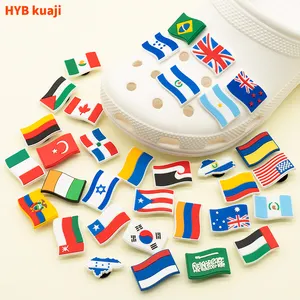












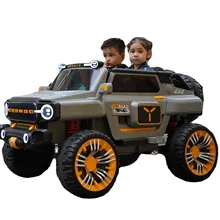


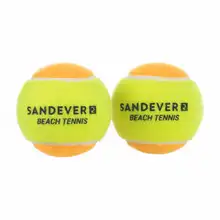




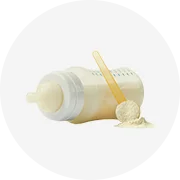

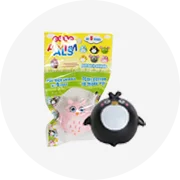
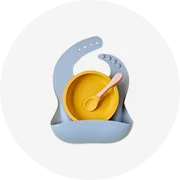
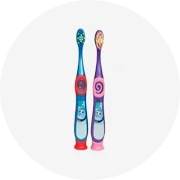
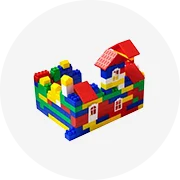
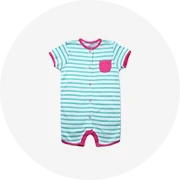

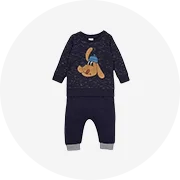
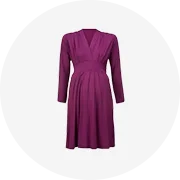
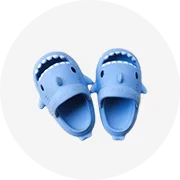

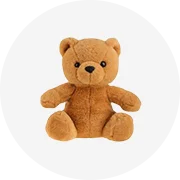
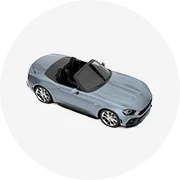
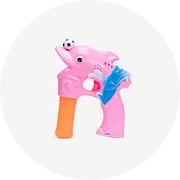








 浙公网安备 33010002000092号
浙公网安备 33010002000092号 浙B2-20120091-4
浙B2-20120091-4